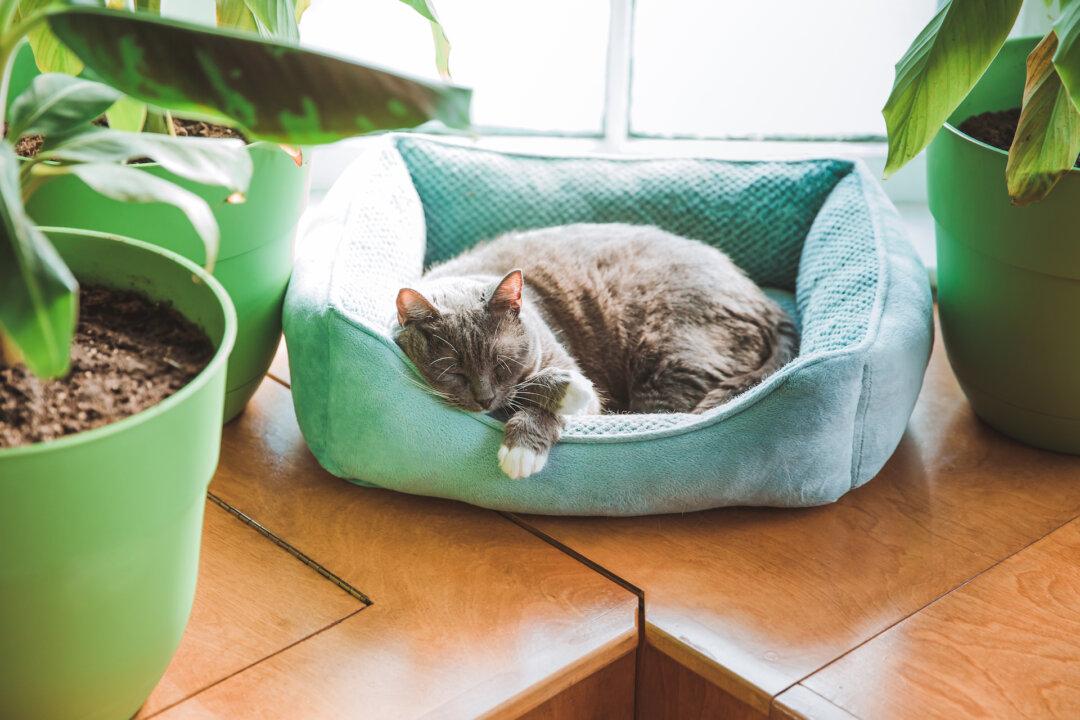What do funeral parlors, prison cells, and courtrooms all have in common? Other than being places you’d probably rather avoid, they’re all examples of spaces that use color, texture, lighting, and room layout to evoke particular emotional responses from their occupants. And it works.
Although it’s a far less extreme—and solemn—example of this, the interior design and decor of a home can also influence mood, emotions, and overall mental health of its habitants.

